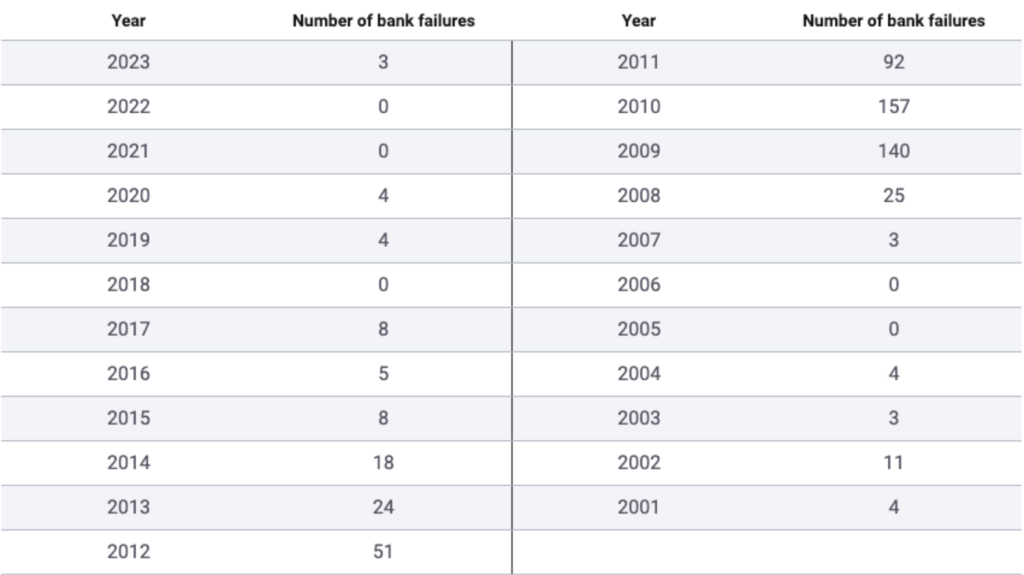
Understanding the Trend of Bank Closures: A Look into the Statistics and Impact
Over the past two decades, the financial landscape has undergone a significant transformation, marked by a notable increase in the closure of bank locations. Technological advancements, changing consumer behaviors, and the economic impact of global events have all played pivotal roles in shaping this trend. According to industry reports, the number of closed bank branches has seen a substantial rise, reflecting a strategic shift by financial institutions to adapt to the evolving needs of their customers. In this article, we will delve into the statistics surrounding bank closures, examine the reasons behind this trend, and explore viable options for individuals impacted by these changes.
Statistics on Bank Closures:
In the last 20 years, the banking industry has witnessed a substantial reduction in the number of physical branches. According to data compiled by industry analysts, over 15,000 bank branches have closed in the United States alone during this period. This statistic underscores a broader transition towards digital banking channels and the optimization of resources by financial institutions.
- Technological Advancements: The advent and widespread adoption of online and mobile banking have played a pivotal role in reshaping the banking landscape. As of the latest data, mobile banking users have surpassed the 63% mark, further contributing to the decline in foot traffic at physical branches.
- Cost Efficiency: Banks have increasingly focused on cost efficiency as a means of sustaining profitability. Closing physical branches can significantly reduce operating costs, allowing institutions to allocate resources strategically and invest in digital infrastructure.
- Changing Consumer Behavior: Evolving consumer preferences have shifted towards the convenience of digital banking services. The ease of online transactions, digital payments, and remote account management has led individuals to rely less on traditional brick-and-mortar branches.
- Pandemic Acceleration: The COVID-19 pandemic served as a catalyst, accelerating the adoption of digital financial services. Lockdowns and social distancing measures prompted individuals to explore and embrace online banking options, further diminishing the necessity of physical branch locations.
Options for Those Impacted by Bank Closures:
In light of these closures, it’s crucial for individuals to explore alternative banking options and adapt to the changing landscape. From embracing digital banking solutions to seeking community-focused institutions, individuals can navigate this shift by staying informed and leveraging the array of financial services available in the modern era. This article aims to shed light on the factors driving bank closures, empowering readers to make informed decisions about their financial future in this evolving banking environment.

